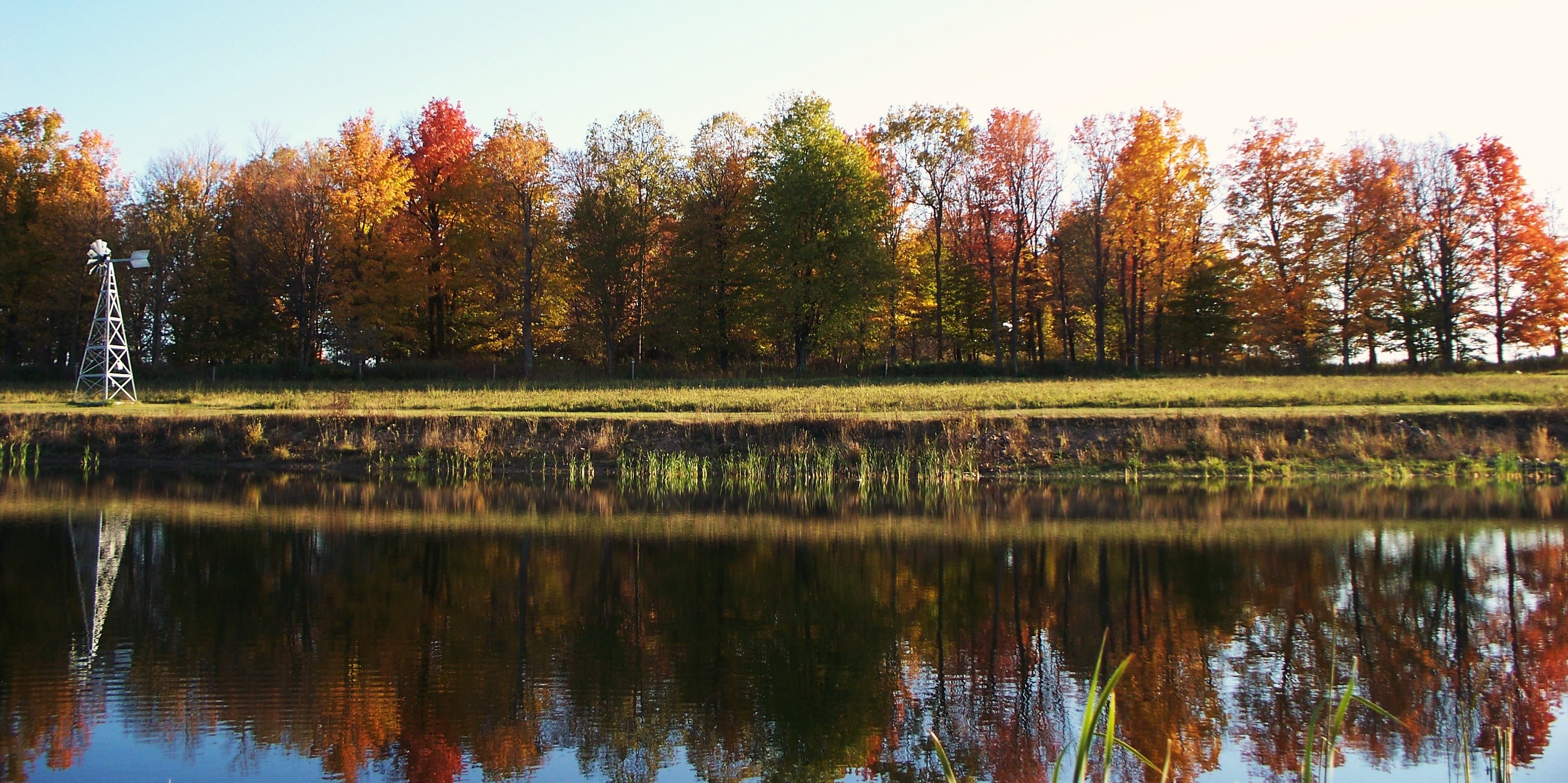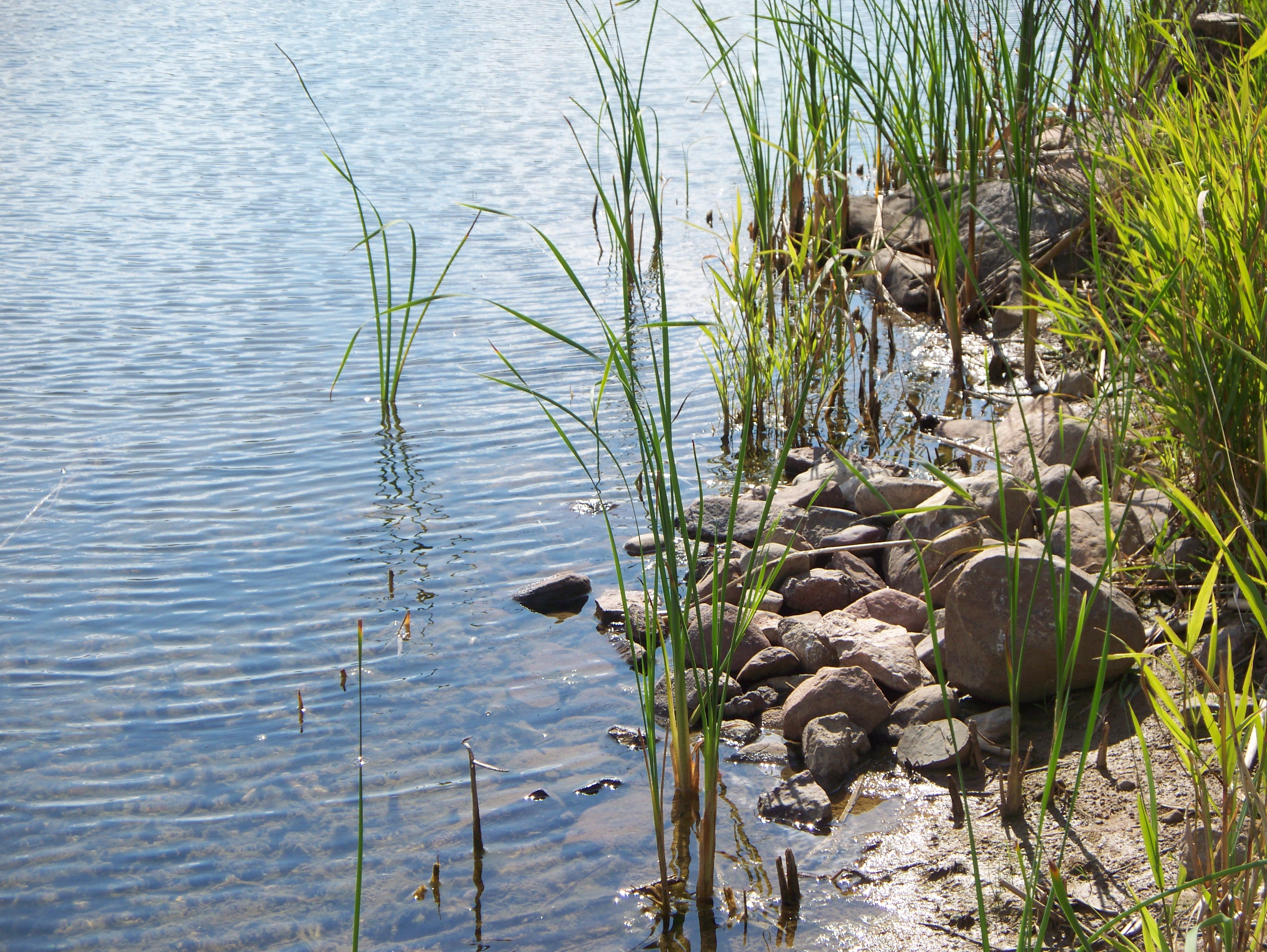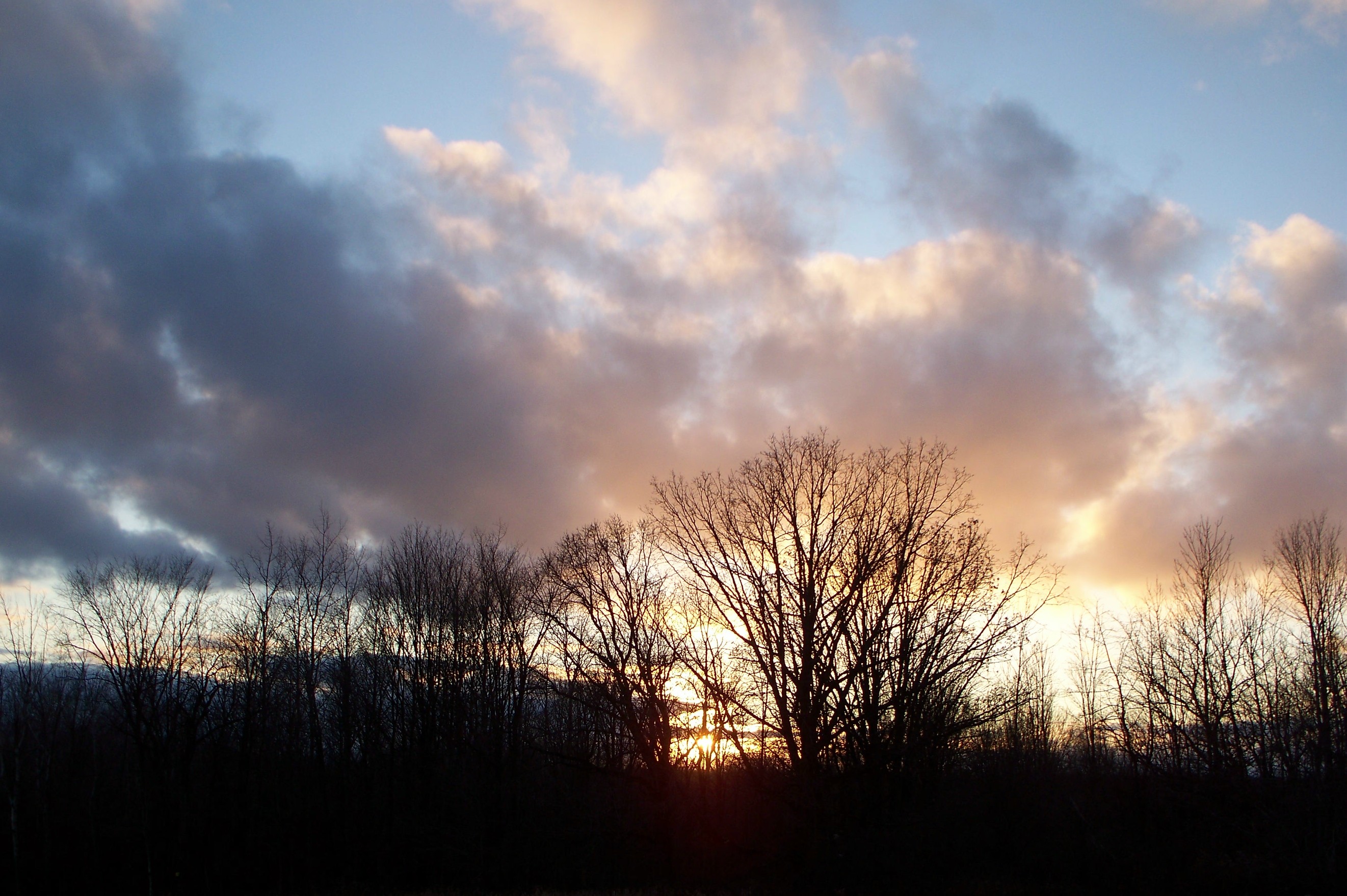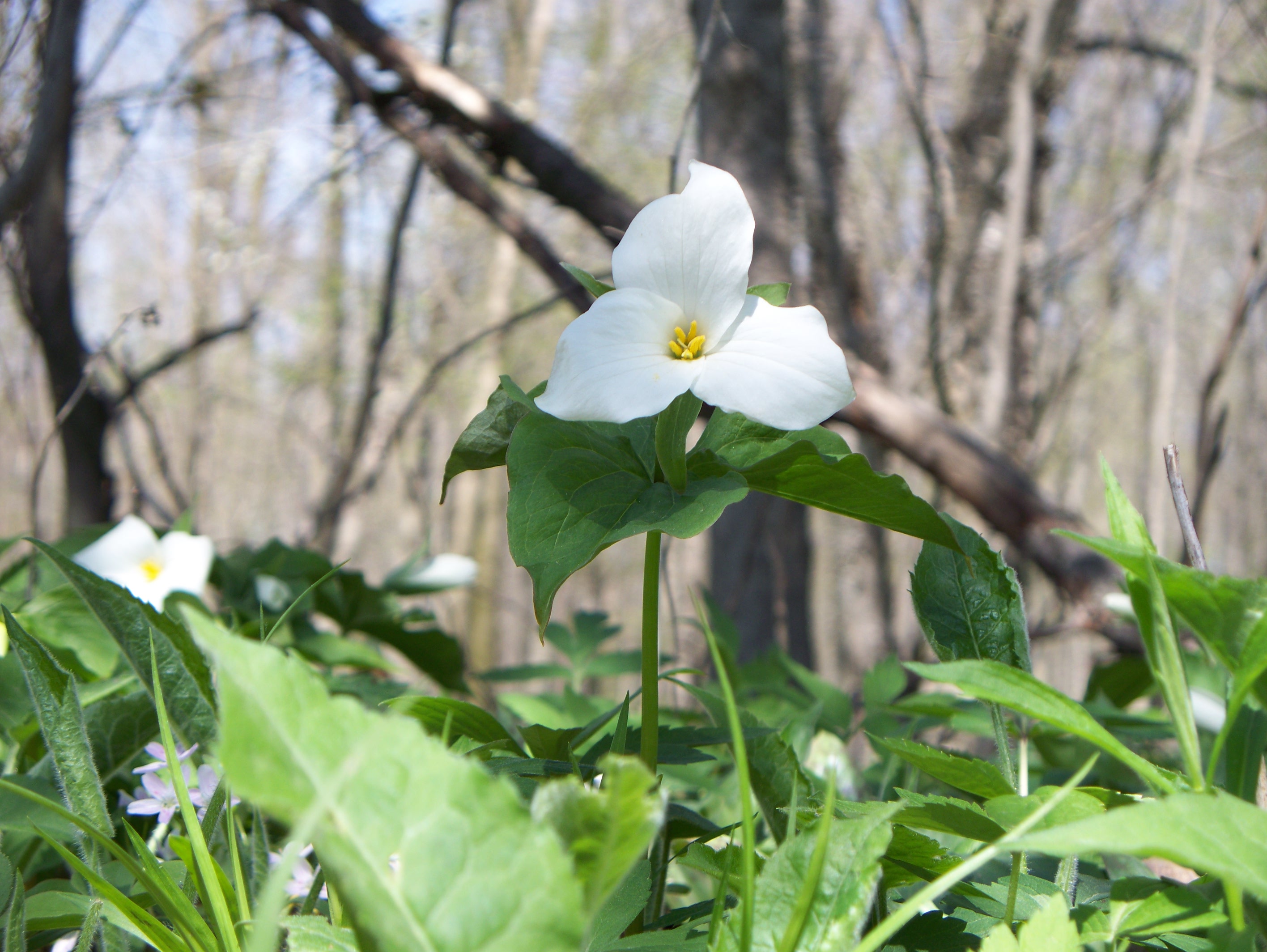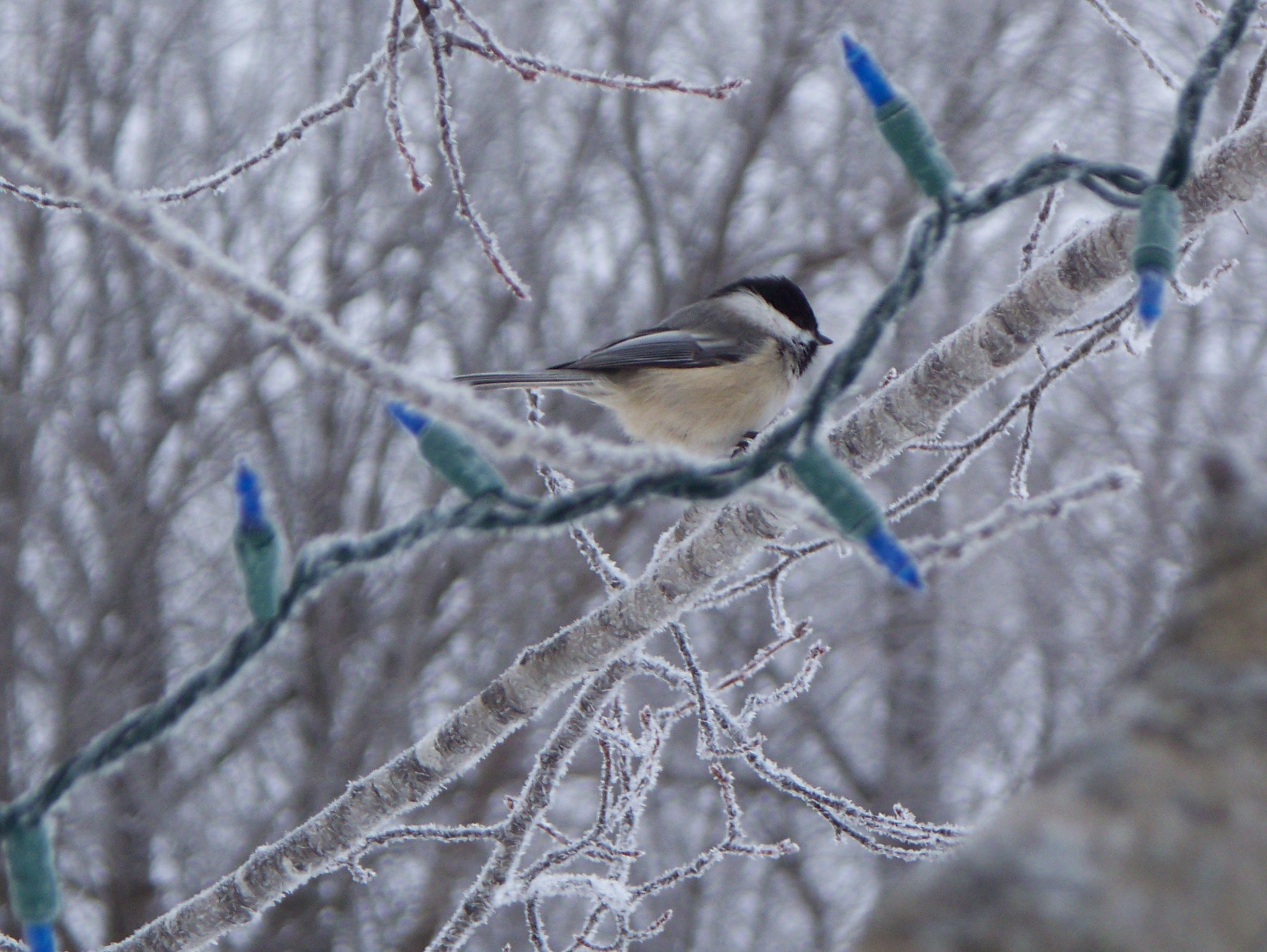Sugar Maple: Acer saccharum
Acknowledgments and References
Acknowledgements
I would like to take the time to thank everybody who lent a hand when I was putting together this website. It would not have been possible without all of your help.
I would like to give a special thanks to my sister, Erin Schoenfuss, who provided me with some of her many magnificent pictures, including the heading image found on every single page. Check our her webpage on Tree Swallows by clicking here.
I would also like to thank the rest of my family for taking a few pictures for me and/or posing in a few pictures for me. I would especially like to that my Dad for all of his help in how to make Maple Syrup and identifying Sugar Maple trees.
I would like to thank Michael Clayton for allowing me to use a few of his images. More images of his and his colleagues at the University of Wisconsin Madison’s Department of Botany can be found by clicking here.
References
1). Campbell, N. A., J. B. Reece, L. A. Urry, M. L. Cain, S. A. Wasserman, P. V. Minorsky, and R. B. Jackson. 2008. Biology. Pearson Education, Inc, San Francisco, California, USA.
2). Davenport, A.L. and L.J. Staats. 1998. Maple Syrup Production for the Beginner. Cornell Cooperative Extension, Penn State College of Agricultural Sciences Cooperative Extension.
3). Godman, R.M., H.W. Yawney, and C.H. Tubbs. Acer saccharum Marsh Sugar Maple. http://www.na.fs.fed.us/pubs/silvics_manual/Volume_2/acer/saccharum.htm
4). Greene, M.T. and J.W. Marvin. 1957. The Water Content of Maple Stems. II. Apparent Changes in the Water Content of Maple Stems and the Physiology of Maple Sap Flow. Plant Physiology 33:173-176
5). Hartmann H. and C. Messier. 2008. The Role of Forest Tent Caterpillar Defoliations and Partial Harvest in the Decline and Death of Sugar Maple. Annals of Botany 102: 377-387.
6). Houston, D.R., D.C. Allen, and D.L. Lachance. 1990. Sugarbush Management: A Guide to Maintaining Tree Health. Northeastern Forest Experiment Station, Radnor, PA.
7). Life of a Sugar Maple Tree. http://maple.dnr.cornell.edu/pubs/trees.htm
8). Marvin, J.W. and M.T. Greene. 1951. Temperature-Induced Sap Flow in Excised Stems of Acer. Plant Physiology 26: 565-579.
9). Minorsky, P.V. 2003. The Decline of Sugar Maples (Acer Saccharum). Plant Physiology 133: 441-442.
10). Nesom, G. and M. Lincoln. 2006. Sugar Maple Acer saccharum Marsh Plant Guide. USDA NRCS National Plant Data Center and the Biota of North America Program.
11). Nyland, R.D. Sugar Maple: Its Characteristics and Potentials. State University of New York, College of Environmental Science and Forestry, Syracuse, NY.
12). Plants Profile Acer saccharum Marsh Sugar Maple. USDA NRCS Plants Database. http://plants.usda.gov/java/profile?symbol=acsa3
13). Sap Flow. Cornell Sugar Maple Research and Extension Program. http://maple.dnr.cornell.edu/produc/index.htm
14). Schaberg, P.G., A.K. Van Den Berg, P.F. Murakami, J.B. Shane, and J.R. Donnelly. 2003. Factors Influencing Red Expression in Autumn Foliage of Sugar Maple Trees. Tree Physiology 23: 325-333.
15). Tyree, M.T. 1983. Maple Sap Uptake, Exudation, and Pressure Changes Correlated with Freezing Exotherms and Thawing Endotherms. Plant Physiology 73: 277-285.
To return to the Acer saccharum Homepage click here.
